At first glance, Nosheen Iqbal’s embroidered wooden boards could be mistaken for paintings. But as you get closer, the pieces—mostly wall hangings—come to life. The works pop with personalized details, such as semiprecious stones from South Asia and locally sourced, sustainable wood, which Iqbal calls “happy wood.” The artist, who lives in Richardson, near Dallas, moved to Texas from the United Kingdom as a teenager. For her work, she pulls on imagery from nature, her Pakistani heritage, and architecture. The result is striking, tactile works available at her website.
Texas Monthly: How do you go about making your pieces?
Nosheen Iqbal: The first thing I do is pull colors together. I pull the embroidery threads, the roping, and the beads, and I play around with groupings. From there, I see what sort of ideas I can build. What am I reminiscing about when I see those colors? That determines the avenue. Then I’ll design the artwork on the computer. I laser-cut it, sand it, and stain it. Stitching and embroidery is the last part of my work, which is the most enjoyable step.
TM: Embroidery on wood is a distinctive medium. How did you get started?
NI: I used to do a lot of embroidery when I was growing up, but it was more so on fabric. My grandmother and my mom taught me how to sew at around ten years of age. So there was always that kind of hands-on craft that I really appreciated. Also, my heritage is South Asian, where embroidery work and textiles are popular, so I was seeing a lot of that while growing up. And the architecture in South Asia and the Middle East is very intricate, so I had a lot of influences in my work.
TM: Does your Pakistani heritage still guide your work today?
NI: I like the notion of duality; I take pieces from modern design and also designs from my background, my heritage, and I’m mixing those. I’m second-generation in the West. My mom and I both pretty much grew up in the UK, but we really held on to our cultural roots. We still speak the language at home; we still cook Pakistani foods. Because those influences were so dominant in our household, they continued through my artwork.
TM: You began sewing at a young age, studied communication design at the University of North Texas, worked for about a decade in design at Fossil, and for the past several years have focused on your embroidery. You’ve had a lifelong commitment to your craftwork.
NI: We have this stigma of the starving artist, like you can’t make an actual career out of artwork—or at least that’s what I was told growing up. Last year, I got to work with Virgin Voyages, and they commissioned me to do eighteen pieces for a Mediterranean restaurant [on a cruise ship]. I was like, “Oh, you can really make a sustainable living out of this.” I truly love doing what I do, mixing color and material, and I have been lucky enough to always have a creative career.
This interview was edited for clarity and length.
An abbreviated version of this article originally appeared in the March 2022 issue of Texas Monthly with the headline “Uncommon Threads.” Subscribe today.
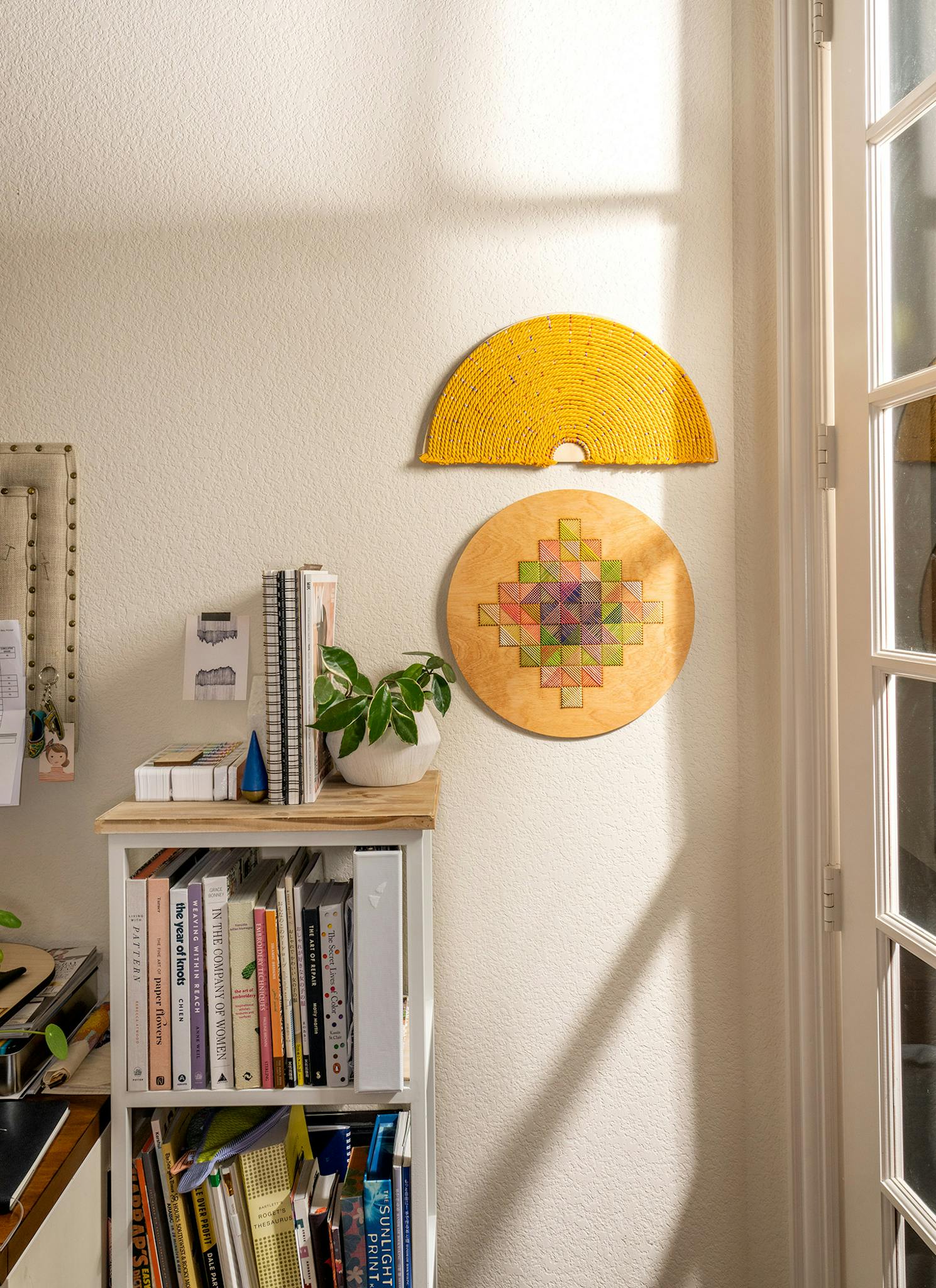
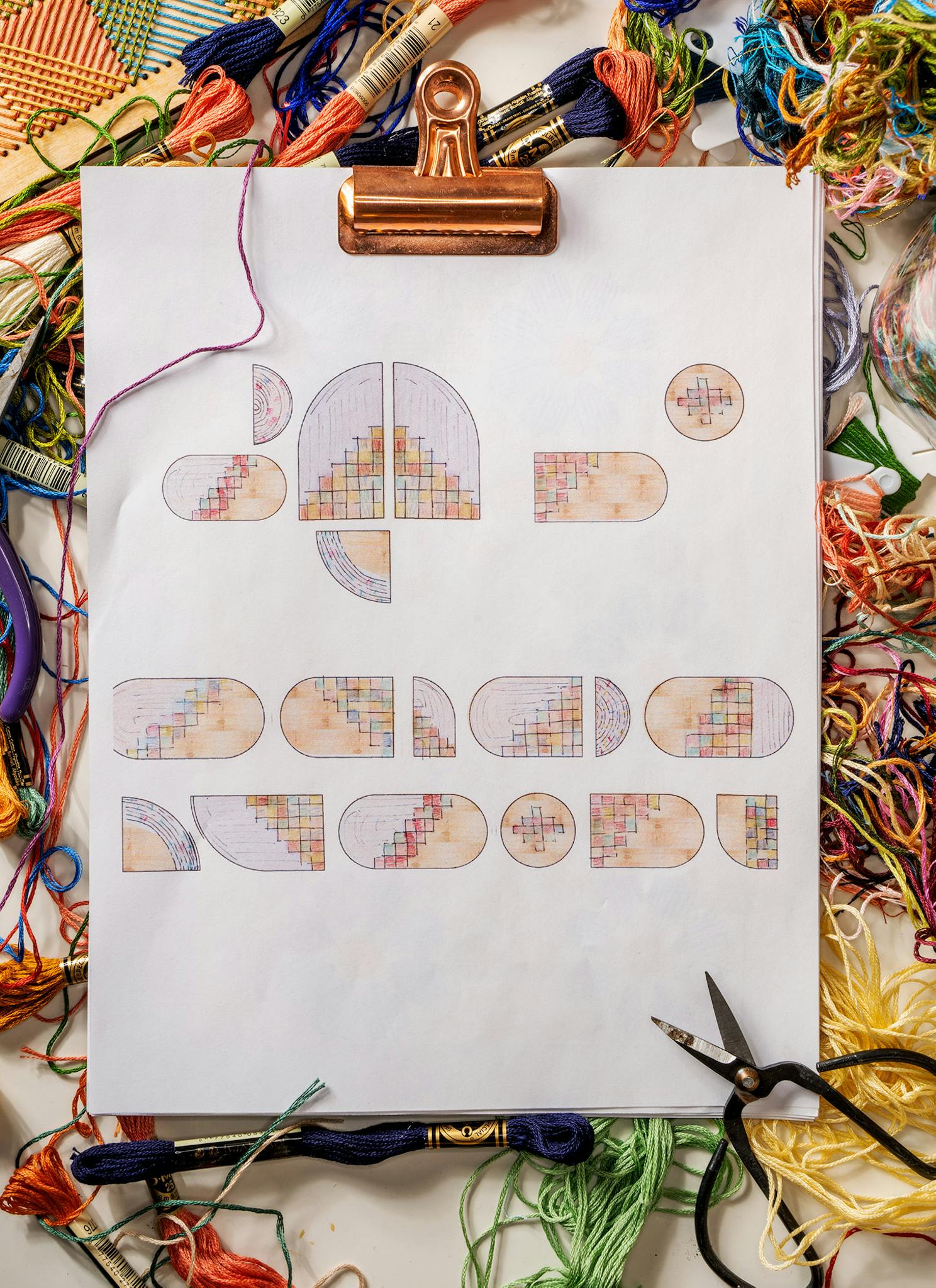
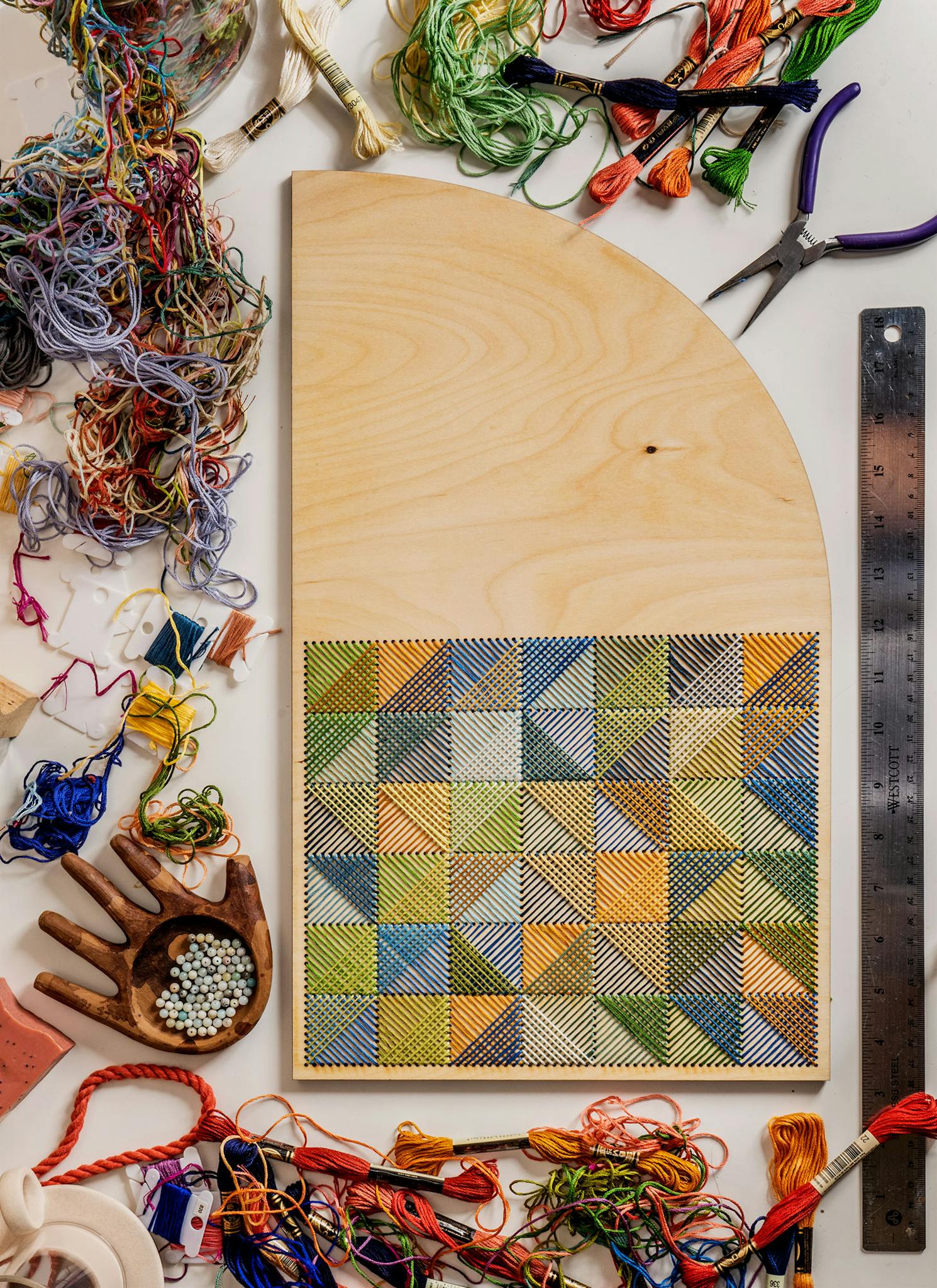
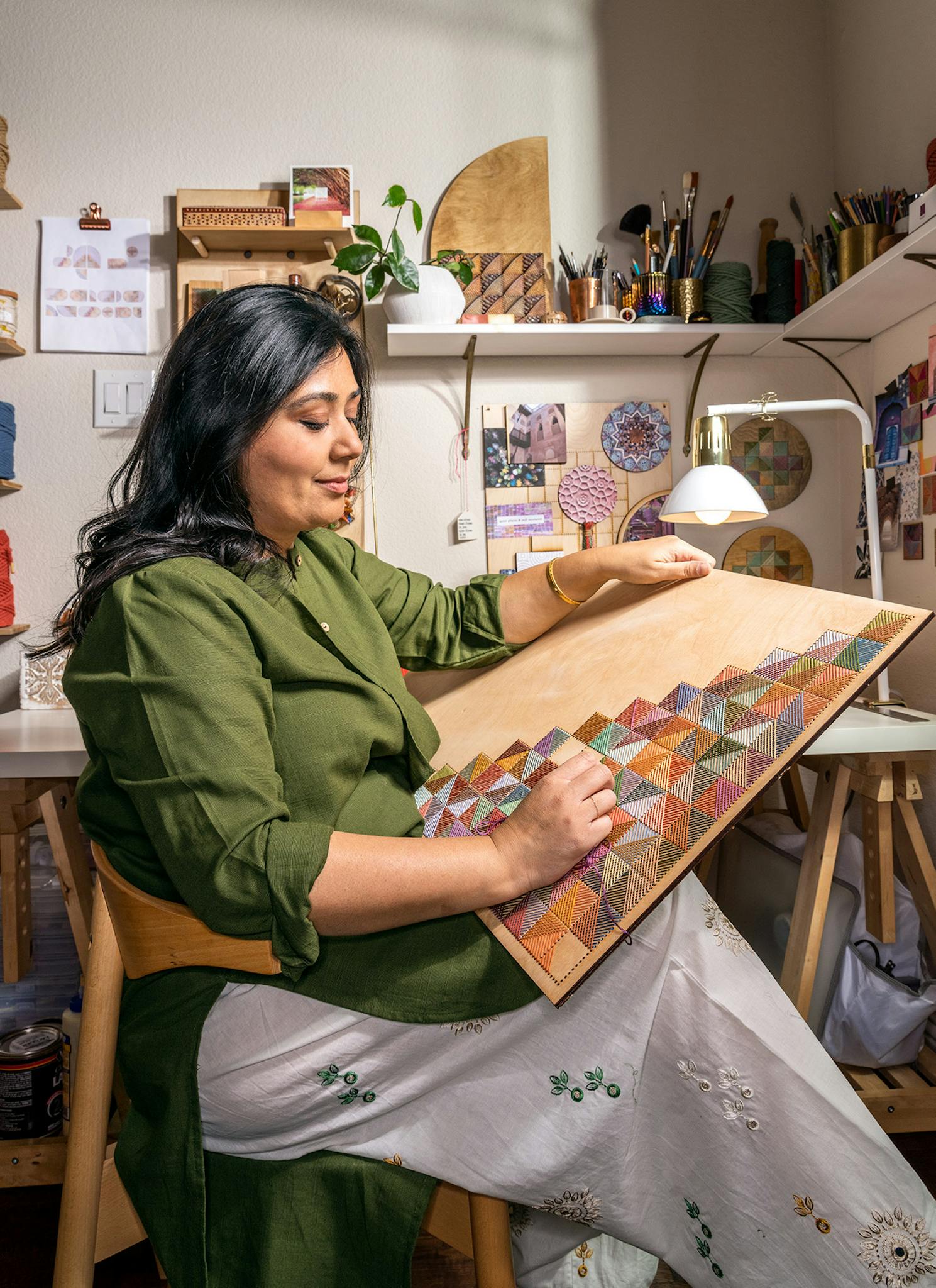

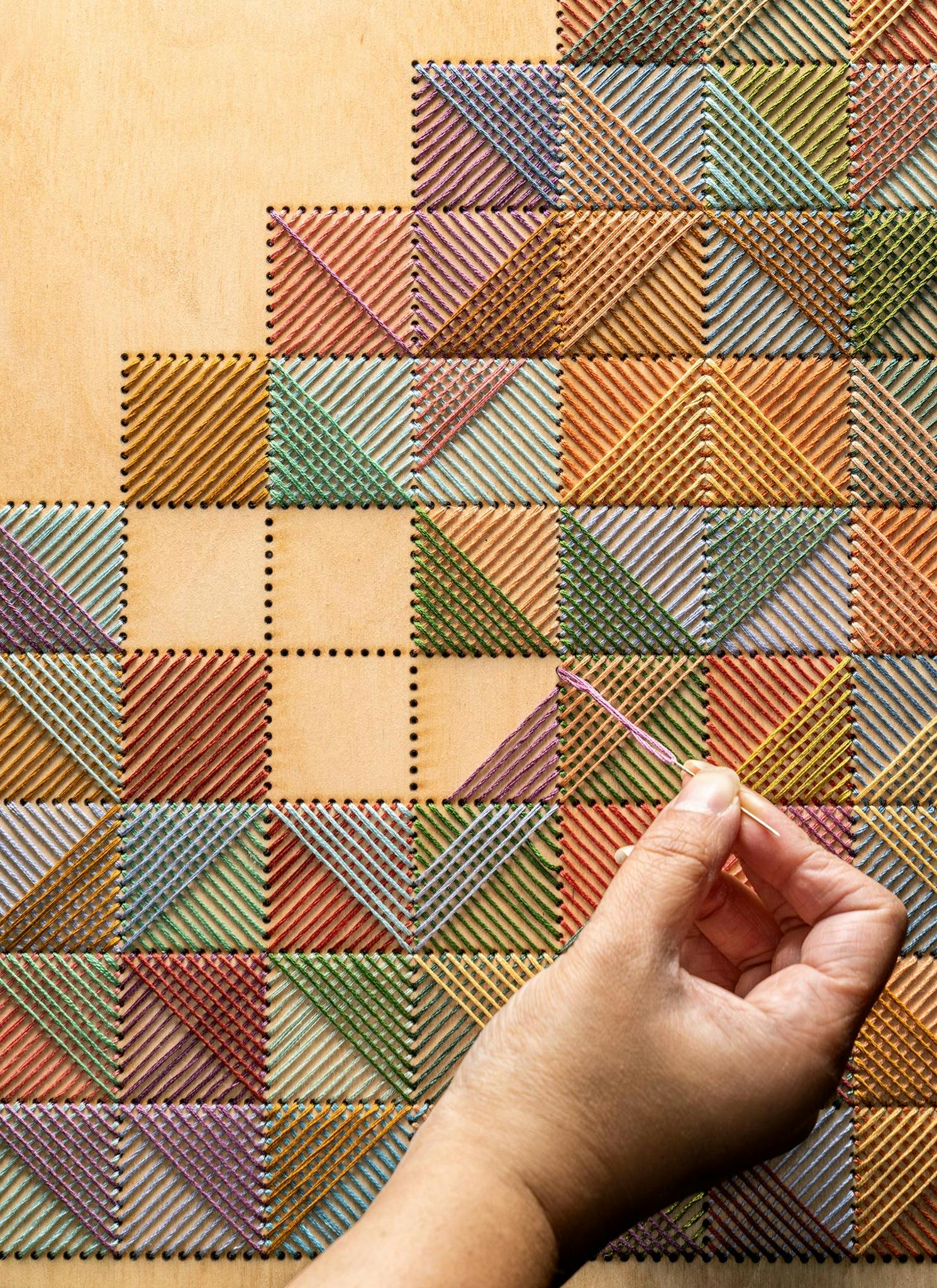
- More About:
- Style & Design
- Crafting
- Richardson









